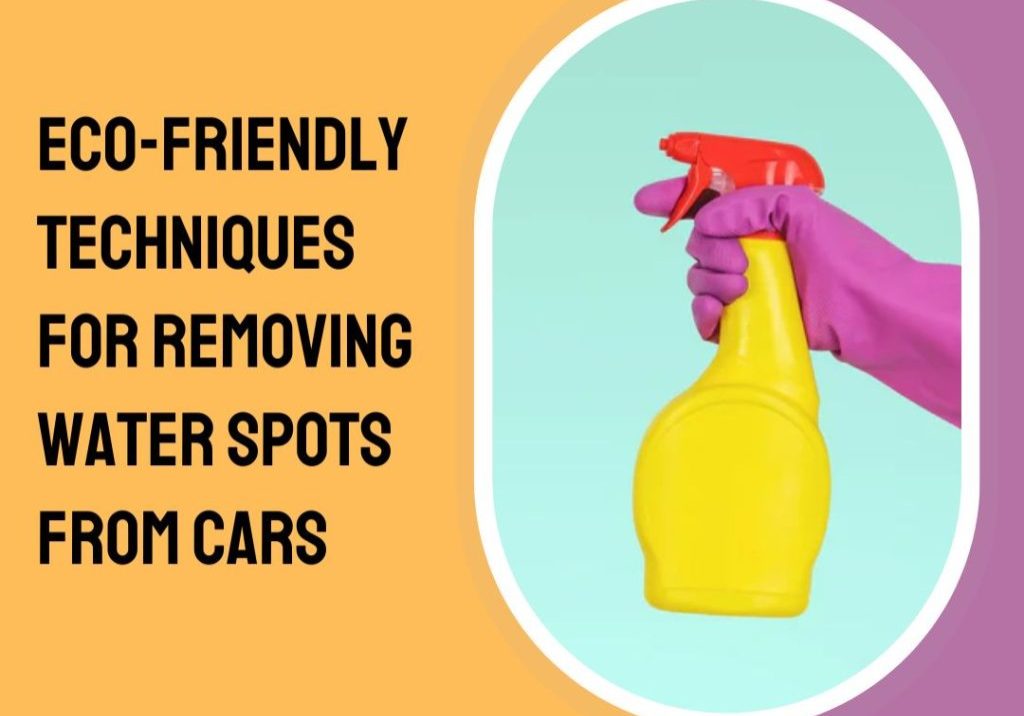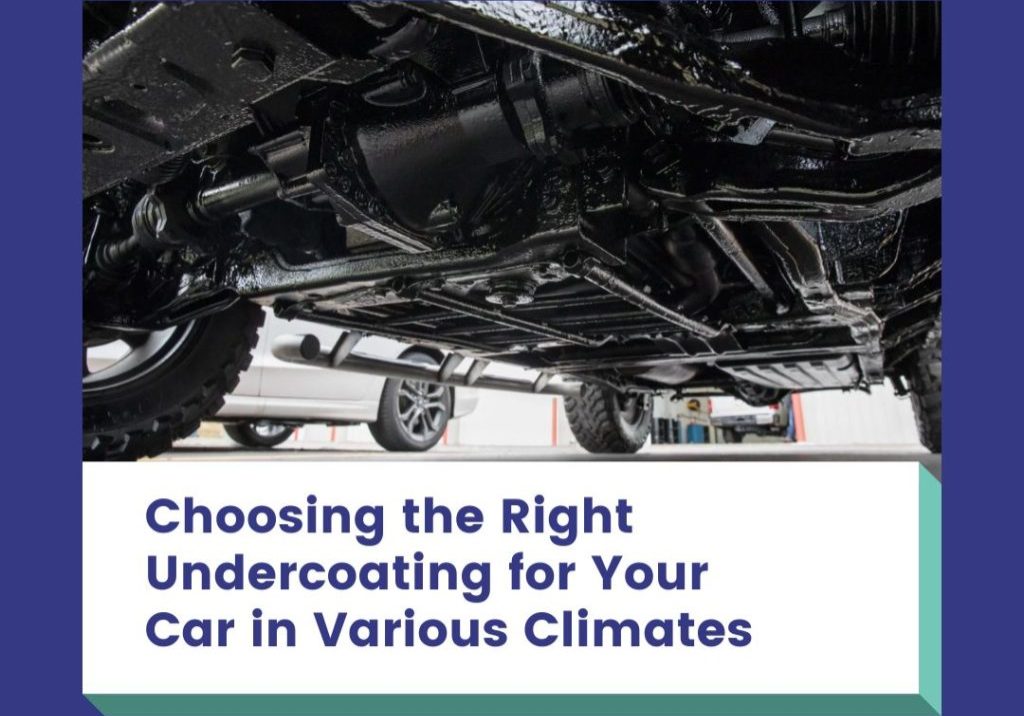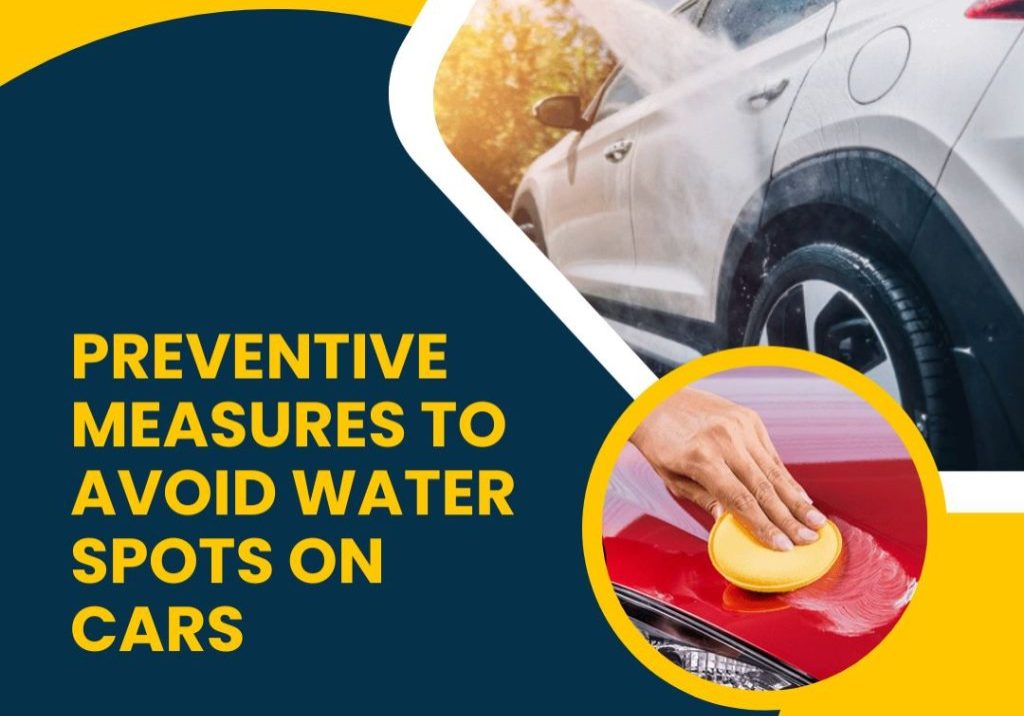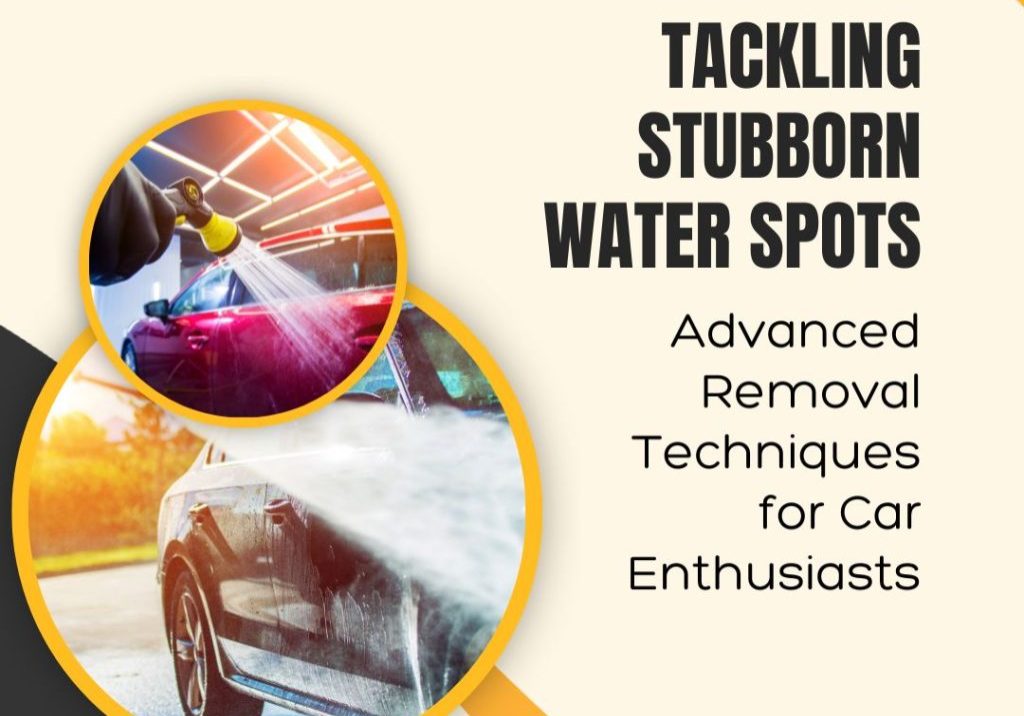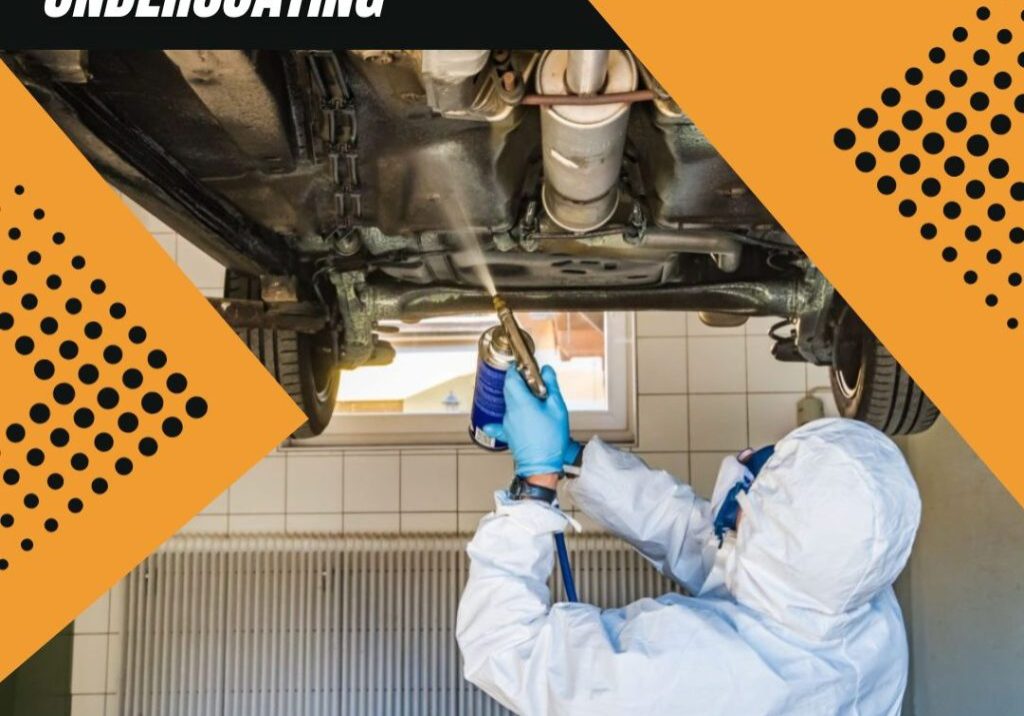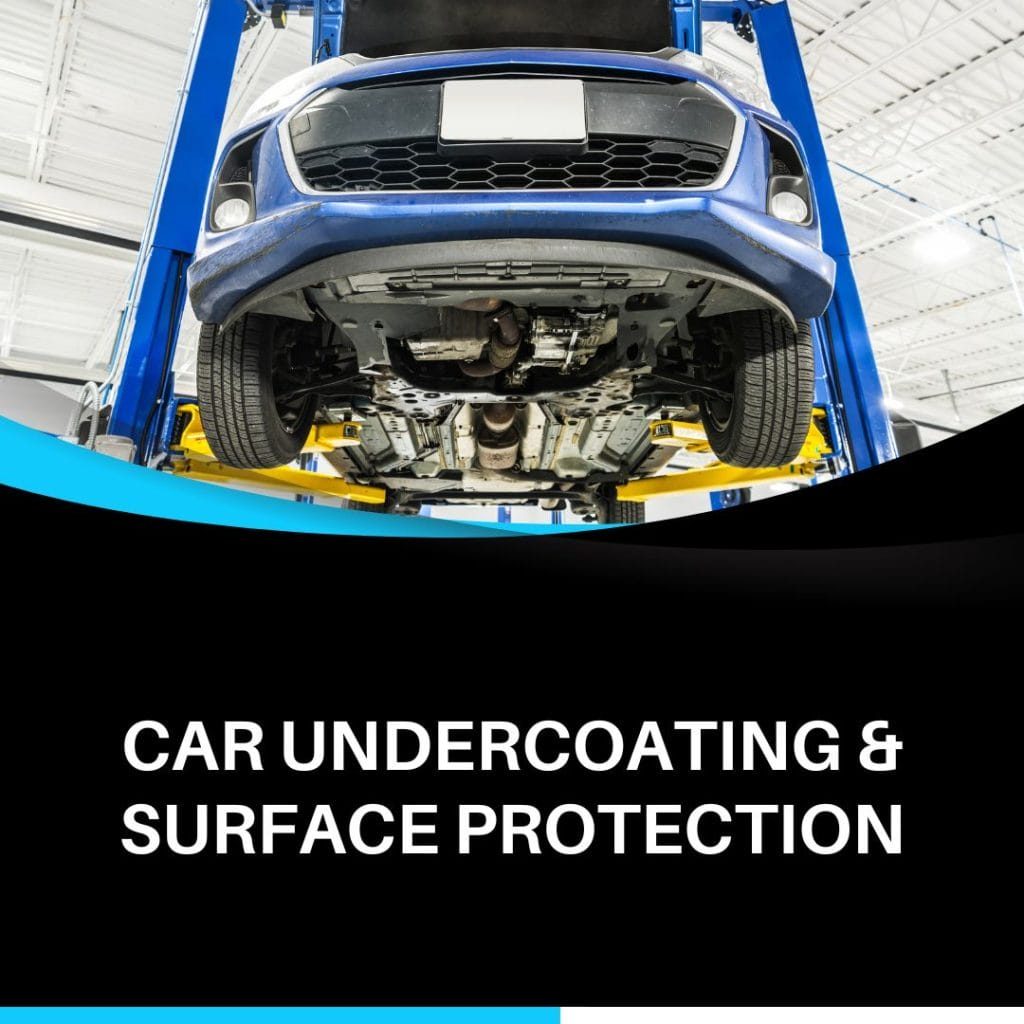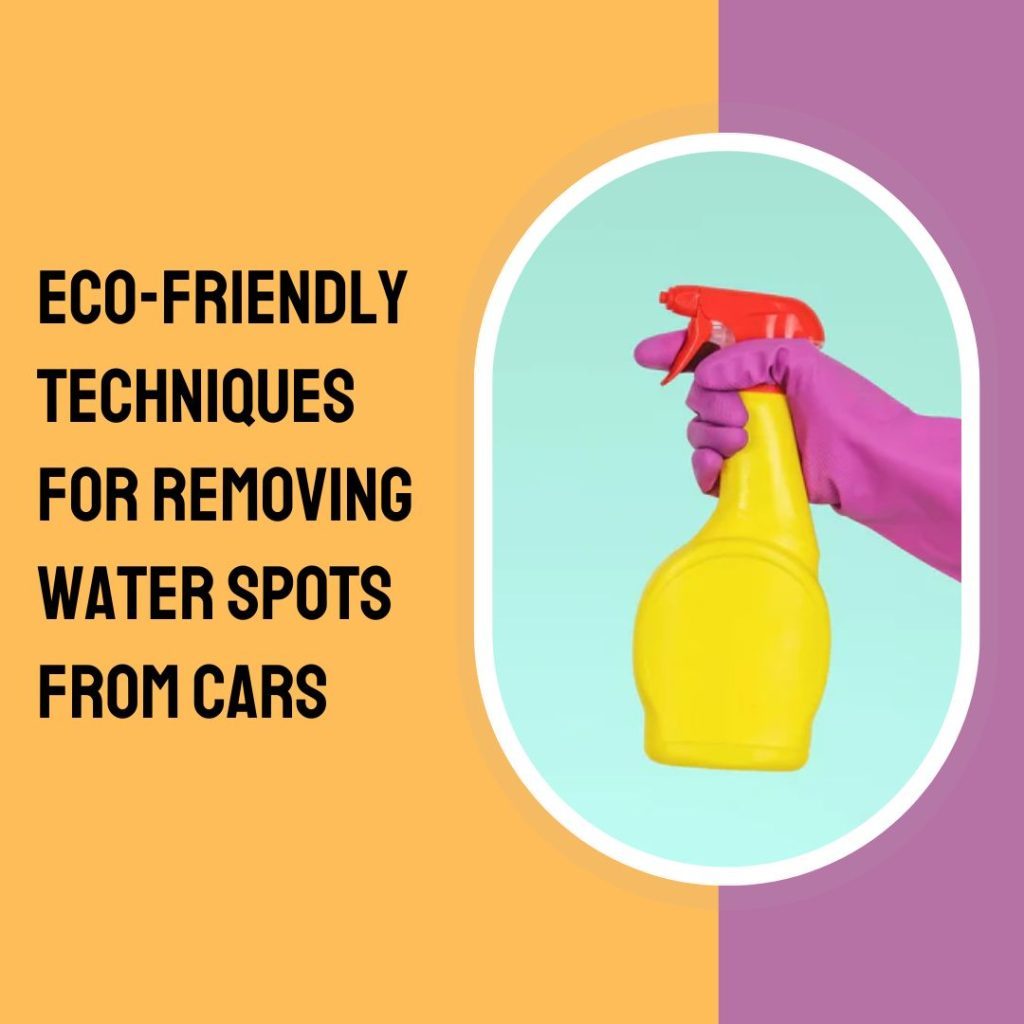Applying undercoating to your vehicle is crucial to protect it from rust and corrosion caused by weather, road debris, and chemicals. The choice of method depends on factors such as the undercoating material, your vehicle’s needs, the environment, and personal preferences.
To ensure you choose the most suitable approach and enhance your vehicle’s longevity and performance, it’s important to carefully evaluate the pros and cons of each application method. In this guide, we will explore our range of Undercoating in a Can products, featuring wax, rubber, and oil-based formulations, as well as various application techniques such as spray-on, roll-on, and brush-on. This comprehensive overview aims to assist you in making an informed decision about the optimal way to shield your vehicle.
Know the Significance and Types of Car Undercoating
When purchasing or maintaining a car, many owners often inquire about the necessity of undercoating. This additional service has gained a reputation for being expensive and unnecessary, but, in reality, it can contribute to extending your car’s lifespan and utility. Here, we’ll explore the significance and types of car undercoating.
Significance:
- Undercoating serves as an additional layer of insulation and protection for the undercarriage of your vehicle.
- Some manufacturers may apply car undercoating at the factory during the production process.
- This protective layer covers various components of the car’s underside, including floorboards, frames, gas tanks, pans, wheel wells, mufflers, suspension parts, and exhaust pipes. The overall effect is akin to black coating a parking lot or road.
- Undercoating materials adhere to metal, even if it is painted. While most come in pressurized cans for easy spray-on application, achieving an even spread can be challenging without professional applicators.
- Ingredients used in undercoating manufacturing include fiberglass, ceramics, rubber, asphalt, and silicone. Each has distinct properties regarding heat resistance and retention, providing protection against the elements and damage.
- Auto undercoating safeguards the undercarriage, which is the most vulnerable area of a vehicle. Unlike visible portions of your vehicle, the undercarriage doesn’t get washed frequently but absorbs moisture, grime, salt, and other substances as you drive.
- In addition to shielding your vehicle from elemental damage, effective undercoating can also reduce engine noise, providing a quieter driving experience.
- Even if you purchase a new car with undercoating from the dealer, it’s essential to note that undercoating typically wears off within a short period, often around 1 year. Worn or patchy undercoating can be susceptible to damage when water and other elements get trapped underneath, leading to further metal erosion.
Types of undercoating:
There are several types of undercoating available, ranging from do-it-yourself aerosols to professional applications. Some of them are
- Water-Based Undercoats
- Petroleum-Based Undercoats
- Asphalt-Based Undercoats
- Wax-Based
- Rubberized
- Oil-based
Water-Based Undercoats
Water-based vehicle undercoating is highly favored for DIY procedures and is readily available in aerosol formats at automotive parts stores. These undercoatings are thin-set and dry quickly, making them convenient for application. Some automotive shops that offer undercoating services can also apply this coating at a reasonable rate. However, a drawback of water-based undercoating is its need for frequent repetition.
Petroleum-Based Undercoats:
Derived from oil, petroleum-based undercoating boasts superior deflective abilities against road salts and grime. The petroleum base enhances its ability to repel ice and water compared to water-based undercoating. This type of undercoating is typically available in professional vehicle servicing shops. Similar to water-based options, petroleum-based undercoating requires annual replacement by the owner.
Asphalt-Based Undercoats:
Considered the most robust undercoating, asphalt-based formulations are utilized in military vehicles and all-terrain applications. These undercoatings have exceptional durability, making them ideal for vehicles subjected to heavy road use. Asphalt-based undercoating is the thickest and possesses superior damage-resistant properties. Professional service shops usually offer this type of undercoating, and it is the only variant with a limited warranty. Additionally, you can opt for asphalt-based undercoating when purchasing a new vehicle.
Wax-Based:
Offers effective defense against rust and corrosion
Simple to apply using various methods (spray-on, roll-on, brush-on)
Self-healing properties contribute to sealing minor scratches
Most suitable for regions with low moisture levels and mild climates
Rubberized:
Provides superb sound deadening and minimizes vibrations effectively
Ensures durable and long-lasting protection
Compatible with both spray-on and roll-on application methods
Well-suited for regions with moderate moisture levels and temperature fluctuations
Oil-based:
Ideal for environments with high moisture and salt exposure
Penetrates into hard-to-reach areas
Offers excellent prevention against rust and corrosion
Applicable through spray-on, brush-on, or dip/pour methods
Requires periodic reapplication, typically on an annual basis
Conclusion
In conclusion, the optimal choice for undercoating type and application method relies on the specific needs of your vehicle, its exposure to diverse environmental conditions, and your personal preferences. It is essential to consider factors such as ease of application, durability, and cost when making your decision.
To ensure maximum protection and longevity, always follow the manufacturer’s guidelines for proper preparation and application. This investment in accurate undercoating will not only shield your vehicle from rust and corrosion but also enhance its resilience, leading to a smoother and safer driving experience for years to come.
Ultimately, dedicating time and effort to the correct application of undercoating will safeguard your vehicle from corrosion and rust while improving its durability, ensuring a seamless and secure driving experience well into the future.
At Undercoating In A Can, our preference leans towards spray-on undercoating. Our aerosol spray cans provide efficient application, or you can elevate your skills with our range of accessories. These include the comfort grip aerosol trigger for enhanced control and ease, and the Quikcoat Precision Sprayer, perfect for tackling hard-to-reach spots such as cavity walls.
With a diverse range of undercoating products available, we have solutions for every task: “Original” Black Wax, Clear Wax, Rubberized, and Clear Fluid Coat. Additionally, enjoy Free Shipping on Orders $75+! If you have any inquiries, our experts are ready to assist through chat, email, or phone call.


